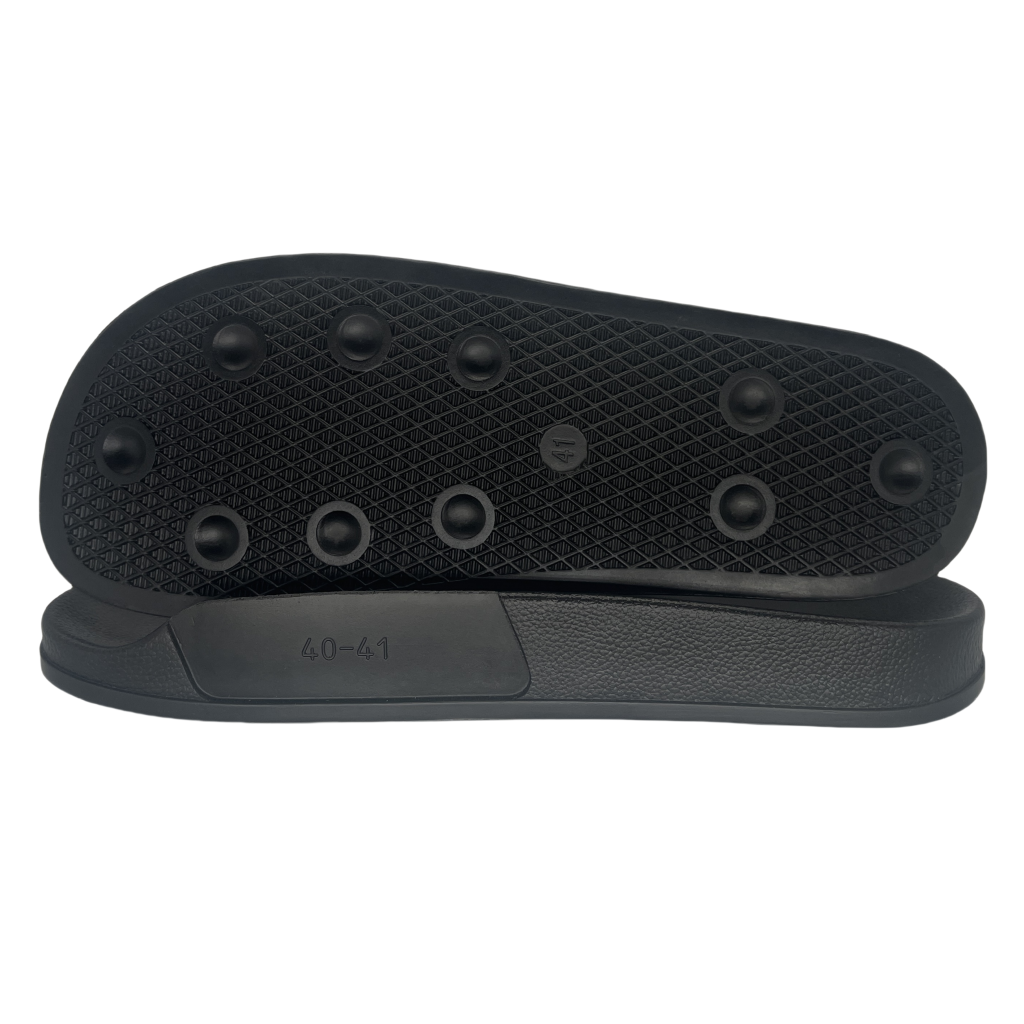您的购物车目前是空的!

The Ultimate Guide to PU Sole Manufacturing Process: From Raw Materials to Finished Products
PU (Polyurethane) soles are a cornerstone of modern footwear due to their lightweight, durability, and versatility. In this comprehensive guide, we’ll delve into the PU sole production process, explore the advantages of PU materials, and provide actionable tips to optimize this article for Google SEO. We’ll also include relevant images to enhance readability and engagement.
1. Introduction to PU Soles
PU soles dominate the footwear industry for their exceptional properties:
Lightweight: PU is significantly lighter than rubber, making shoes more comfortable for daily wear .
Durability: High abrasion resistance ensures long-lasting performance, even in harsh conditions .
Customizability: PU can be molded into various shapes, colors, and textures, ideal for sports, casual, and safety footwear .
The global PU sole market is projected to reach USD 10.71 billion by 2033, driven by rising demand for athletic and eco-friendly footwear .
2. The PU Sole Manufacturing Process
The production of PU soles involves a precise, multi-step process. Let’s break it down:
Step 1: Raw Material Preparation
PU soles are typically made from polyester or polyether-based systems. Key components include:
- Polyols: React with isocyanates to form polyurethane.
- Isocyanates (MDI/TDI): Critical for chemical cross-linking.
- Catalysts and Additives: Regulate reaction speed and improve flexibility .
Image Suggestion: Include a high-resolution image of raw materials (polyols, isocyanates) labeled with alt text like “PU sole raw materials: polyols and isocyanates.”
Step 2: Mixing and Blending
The raw materials are mixed in precise ratios using specialized equipment. For example:
- Two-component systems: Used for basic soles.
- Three-component systems: Ideal for complex designs like 双色鞋底 (two-color soles) .
- Foaming Agents: Water or chemical agents create a lightweight, cushioned structure .
Step 3: Molding and Shaping
The liquid PU mixture is poured into aluminum alloy or resin molds, which are heated to cure the material. Key techniques include:
- Low-pressure casting: Common for standard soles.
- High-pressure casting: Used for intricate designs.
- Dual-color molding: Requires a secondary pour for layered effects .
Step 4: Curing and Post-Processing
After molding, soles undergo heat curing (5–7 minutes) to achieve final strength. Excess material (flash) is trimmed, and quality checks ensure no defects like air bubbles .
3. Key Advantages of PU Soles
Comfort: PU provides superior shock absorption, reducing foot fatigue .
Water Resistance: Ideal for outdoor and wet environments .
Sustainability: Bio-based PU variants are gaining traction for eco-conscious consumers .

Comments


发表回复